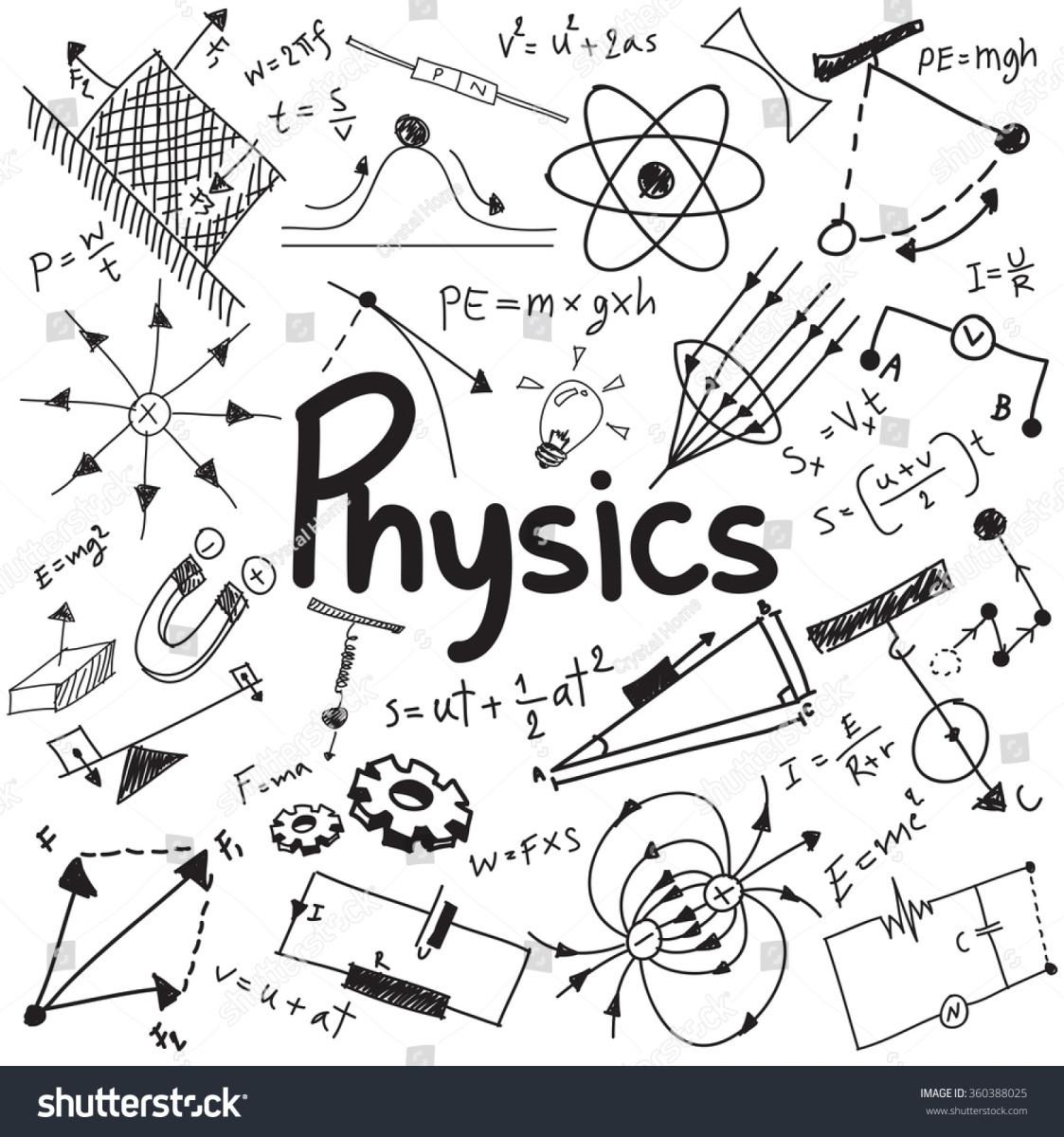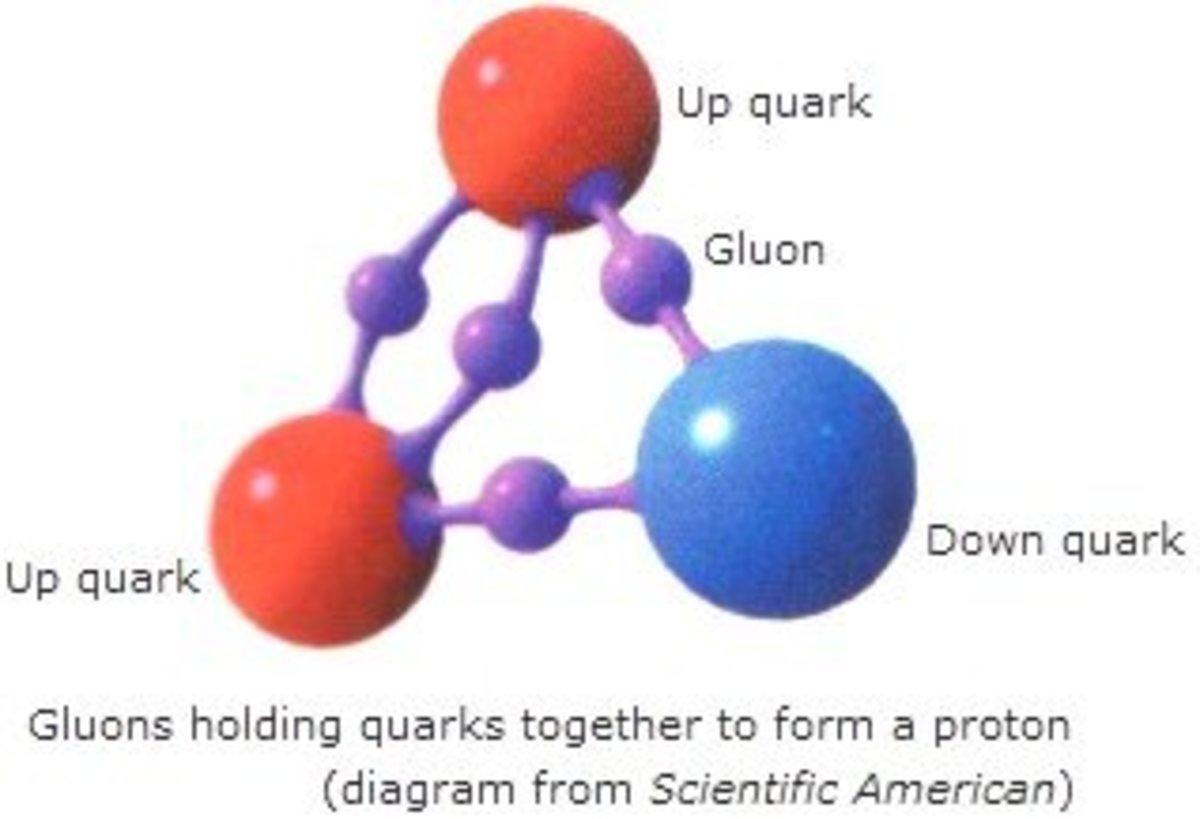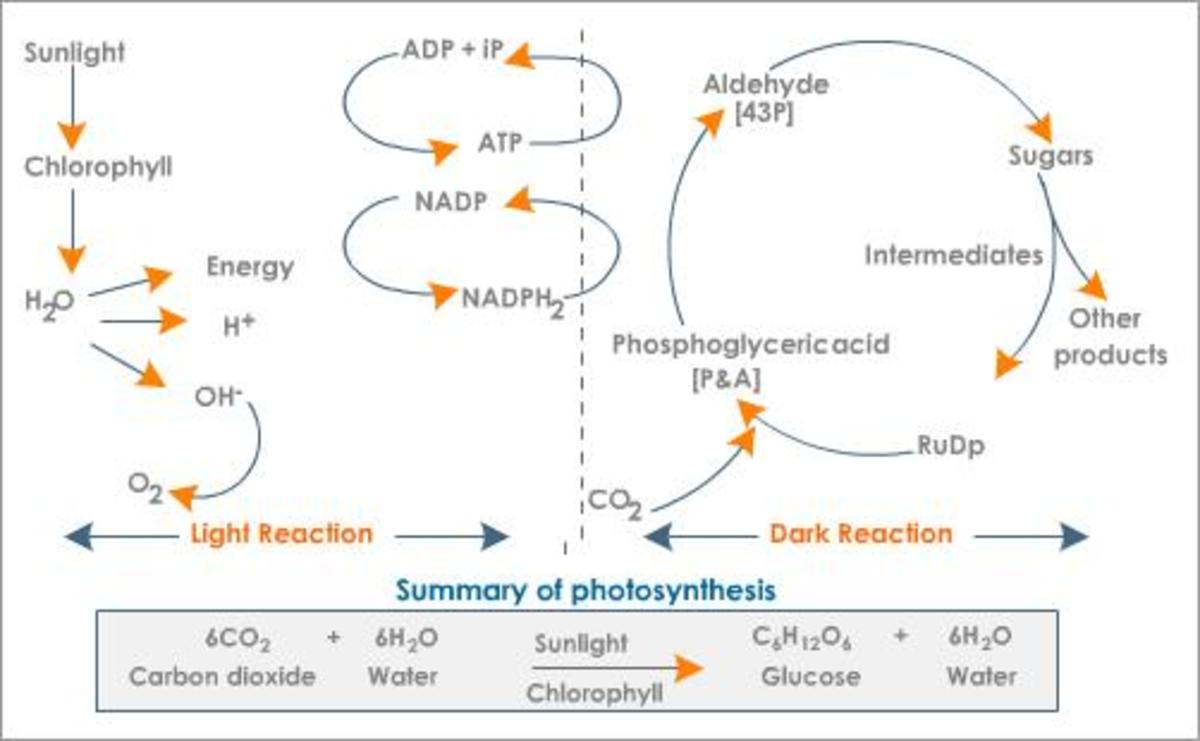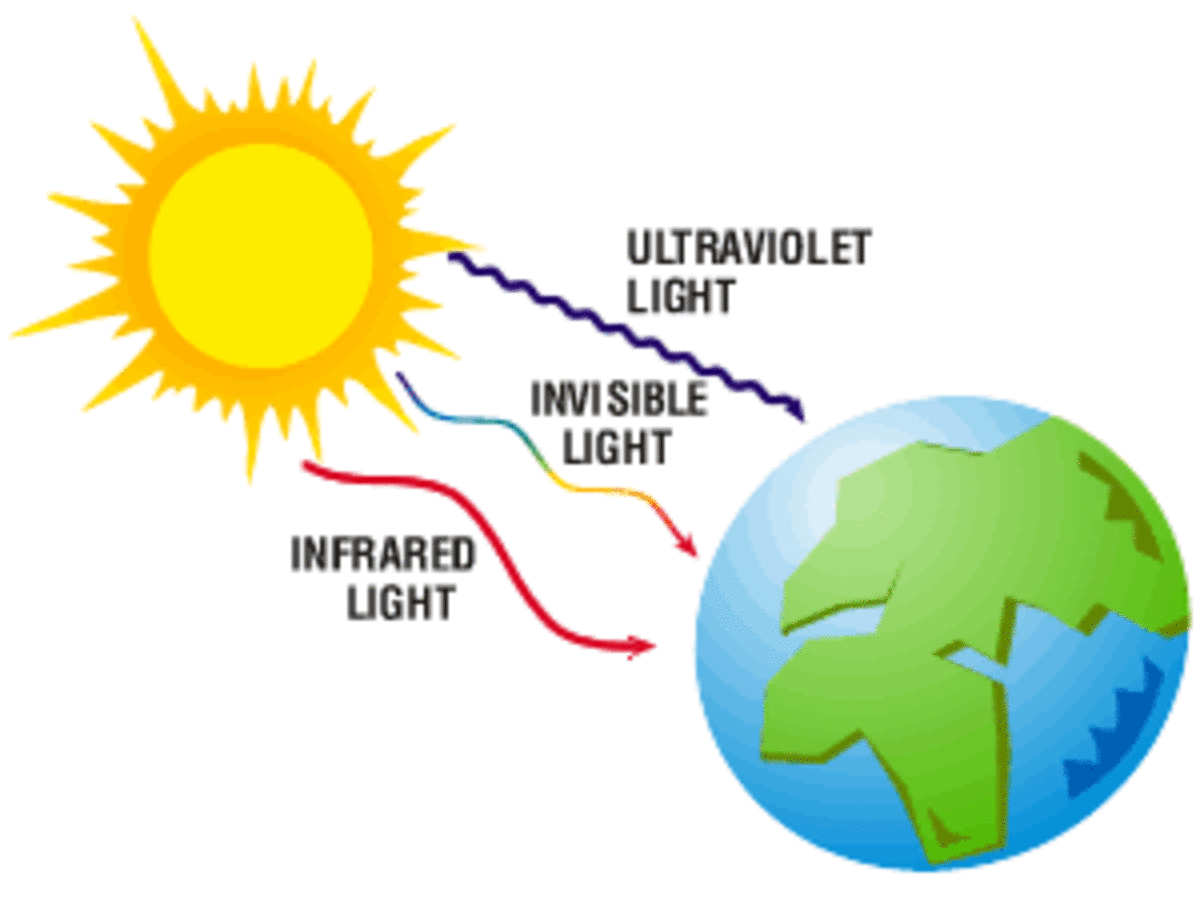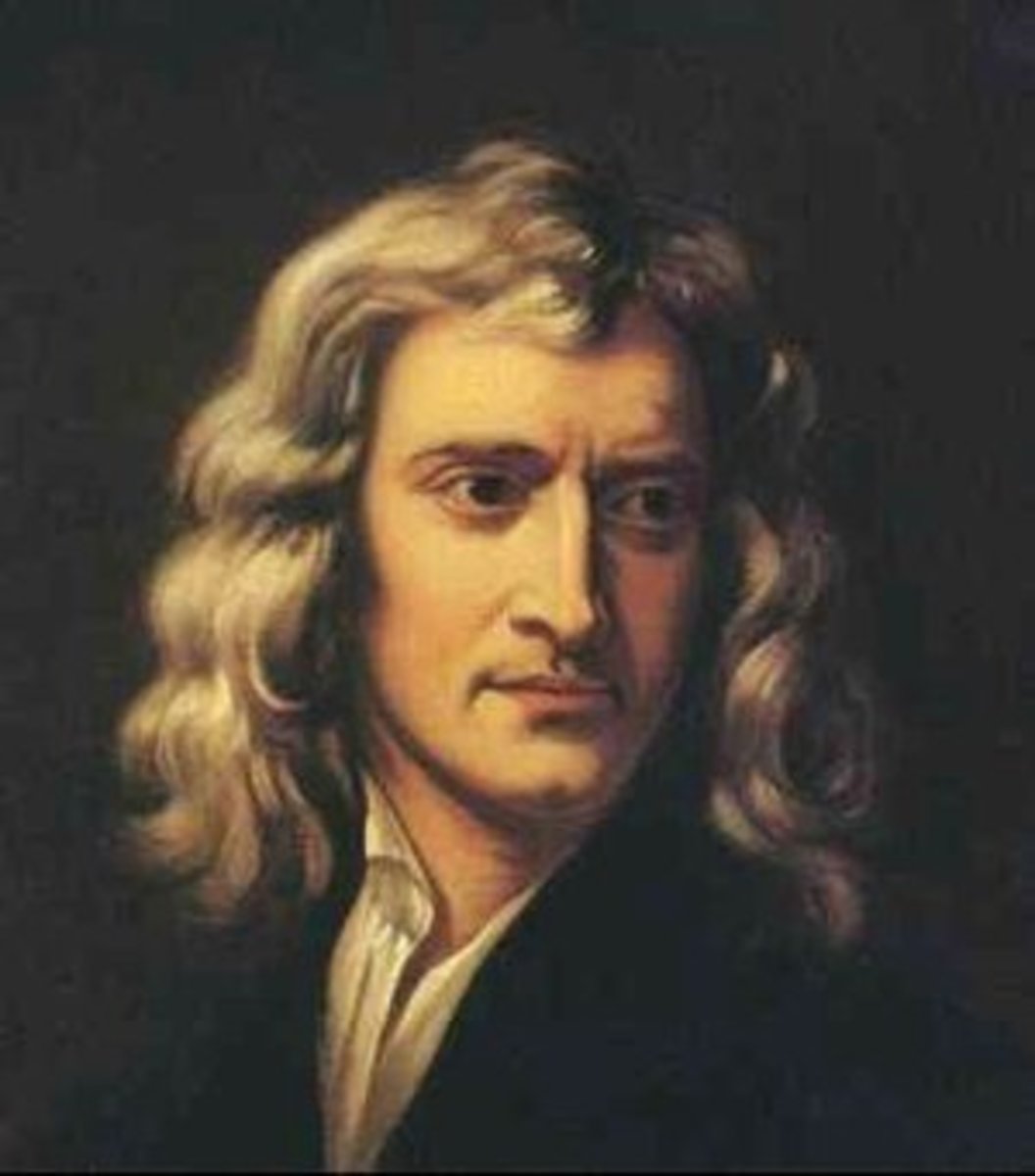Physics: What is Light?

What is light? It is ubiquitous in our everyday lives, and is critical to human functioning. Yet it is so intertwined with our experience of nature many of us have never stopped to ponder it. In fact, the way that light operates – groan alert – sheds a great deal of light on the Universe’s physical nature. Technically, the visible light that we humans see is a type of electromagnetic radiation. The manner in which this radiation operates is critical to understanding how reality operates at a basic level. Light is an interesting because, in terms of physics, it behaves both as a particle and a wave, a property known as wave-particle duality. Wave-particle duality is a central concept of physics, and it explains how light behaves.
Properties of Light
First, a few specifications. Light with wavelength between 390-750 nanometers occurs in the “visible spectrum.” This is light that humans can see. “Light” outside these parameters is not visible. Light moves very quickly and its speed, in a vacuum is 299,792,458 meters per second. This speed is a bedrock “cosmic speed limit” – it is fastest speed possible. Some other main properties of light are intensity and polarization.

Wavelength
All types of light, including those invisible to the human eye, occur somewhere on the electromagnetic spectrum. Where a type of electromagnetic radiation appears on the spectrum depends upon its wavelength. Those types with higher frequencies have shorter wavelengths and those with lower frequencies have longer wavelengths. Light that occurs in the visible spectrum has a relatively long wavelength.
Units and Measures of Light
Light is typically measured in two sets of units – radiometry and photometry. Radiometry measure the power of light at all wavelengths, while photometry measures light in terms of brightness as perceived by the human eye. Photometry is more easily used to determine lighting requirements for humans.
Max Planck
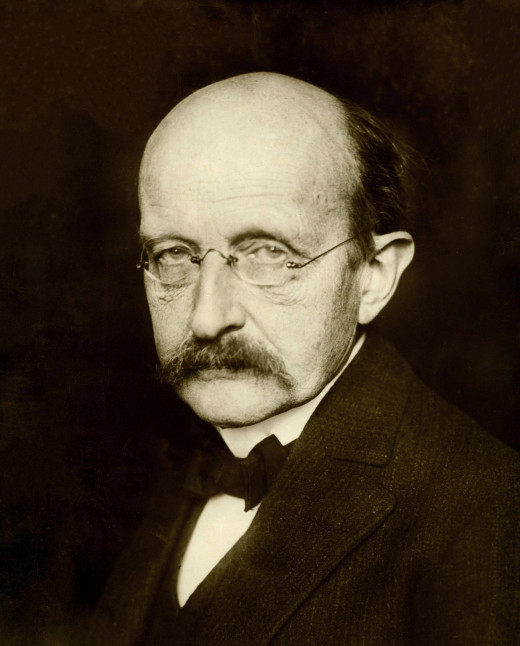
Wave-Particle Duality & Quantum Mechanics
Early in the 20th century, physicists such as Max Planck, Albert Einstein, and others, worked to further explain particle theory of light and wave theory of light. Those were the early understandings of how light behaves. The work of Planck and Einstein gave rise to the idea of wave-particle duality theory of light, a mainstay of modern quantum mechanics. Experiments at the beginning of the 20th century showed light behaving as a wave. And, experiments with the photoelectric effect highlighted the particle theory of light.
This means that everything above, about wavelengths, frequencies, and so forth, is accurate – but incomplete. Light can be accurately described as a wave and its properties described in such terms. But light’s components also functions as particles. Thus, light waves can be described like sound waves, or like waves in water. But it can also be described as a stream of particles – in the case of light, as particles called photons.
This wave-particle duality is a bedrock principle of quantum physics and is often described as a paradox. But, in certain respects, it comports with common sense. Think back to the example of other waves with which we are familiar. Sound waves are vibrations traversing air. Water waves are gyrations traversing water. But what, exactly, is gyrating as a light wave moves (at the cosmic speed limit) from, say, the computer screen to your eyes as you read? The answer, at a high level of abstraction, is that space-time itself is gyrating – the very fabric of reality. But how, exactly, does that happen? It’s not as if space-time is comprised of matter, the way that air and water are; rather, space-time is the fabric upon which such matter is situated. It turns out that the mechanism is by the motion of photons upon – or, arguably, within – space-time.
This action – the motion of tiny particles such as photons – in turn gets to some of the foundational issues of quantum physics. For example, the 2012 all-but-certain isolation of the Higgs-Boson drew attention to the relationship between subatomic particles and the underlying reality within which they operate. In short, it appears that these tiny particles are intimately related to space-time: not as bits of matter independent of the Universe’s underlying fabric, but as emergent bits of reality intertwined with the framework within which they operate.



